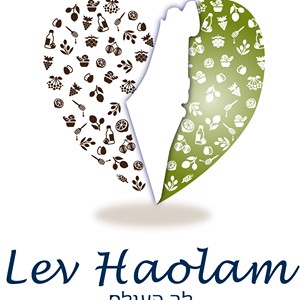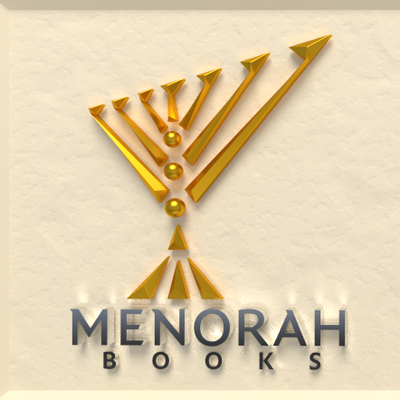Description
Scarlet Blood Red Virginian Cedarwood
5ml-Organic
Virginian (Juniper) Cedarwood
Juniperus virginiana
Origin: Virginia East Coast, USA
Process: Artisan Steam Distilled Essential Oil
Plant Part: Heartwood
Cultivation: Wild Grown
Circulatory, Respiratory tonic; Grounding, Strengthening, Soothing.
Aroma: Dry, oily-woody, smooth, rich yet mild and somewhat sweet and balsamic; becomes drier and sweeter in the drydown.
Having lived in Virginia, these trees are everywhere, especially on the coast, and to smell that sea air with hints of cedarwood in the air is divine. The deep scarlet, almost like a garnet ruby blood red color, is striking to behold and lends itself to aging very well.
This is why I love this cedarwood most when it ages at least five years, and it has a complex aroma profile much like a good 10-year-old Sandalwood Mysore has from eastern India. Cedarwood, of course, is not the same aroma as Sandalwood, but the complexity is the same.
Real Blood Scarlet Virginia Cedarwood Oil, derived from the heartwood of the Juniperus virginiana tree, is known for its warm, woody scent. It is commonly used in perfumery and various industrial applications. Virginia cedarwood oil can crystallize over time due to the presence of cedrol, especially when stored at cooler temperatures. Gently heating the oil can help dissolve the crystals if they form.
Crystallization Properties of Virginia Cedarwood is its Cedrol Content: Virginia Cedarwood Oil contains a significant amount of cedrol, which can crystallize under certain conditions. Temperature Sensitivity is the characteristic of the crystallization of cedrol typically occurs at lower temperatures. If stored too cold, the oil may solidify, making it difficult to return to a liquid state without gentle heating. Storage Recommendations: It is advised to store the oil in a cool, dry, and dark place, avoiding refrigeration to prevent crystallization.
In clinical aromatherapy use, Scarlet Cedarwood may heal scars and wounds much quicker than usual, much like helichrysum, and slows bleeding, thus hinting at the color of the oil, and may be very grounding for anyone with nervous tension and stress. It may help with hypertension and help as a sleep aid.
In natural perfumery application, its indispensable base note is highly coveted and should be in every natural perfumer’s box of aroma chords. This essential oil offers a sweet, deeply grounding aroma that can carry you to tranquility when used in a diffuser, also making it a perfect choice for aromatherapy and massage.
“The righteous flourish like the palm tree and grow like a cedar in Lebanon” (Psalm 92:12). This verse encapsulates the idea that those who strive for righteousness, to always do the right thing, will thrive and flourish abundantly, just like the majestic cedar tree.
The cedar tree is frequently associated with the dwelling place of God. In the book of Ezekiel, it is described as a symbol of protection and divine presence: “I myself will take a sprig from the lofty top of the cedar and set it out. I will break off from the topmost of its young twigs a tender one, and I myself will plant it on a high and lofty mountain” (Ezekiel 17:22).
Scarlet Blood Cedarwood is possibly in the Bible because there are texts that possibly allude to this resin or tree called Scarlet. Possibly, there were two types of cedarwood involved in the ritual in Leviticus. This may consist of Cedar of Lebanon, Scarlet Cedar, and Hyssop.
Some commentaries say this refers to scarlet yarn, but it is implied and added to the text. The texts only say “Scarlet” or “the scarlet,” not scarlet yarn, which is not in the texts anywhere, nor is there the word for “bound קשר” or “string/cord/thread חוּט” in the text to indicate it was yarn. There is, however, the word חַיֹּות which means living plant, vine, or green root vine, and or a branch from a tree or plant bush. Again, this gives credence that it is clearly a plant, not a string.
These texts say תּוֹלָע tôwlâʻ, to-law’; and (feminine) תּוֹלֵעָה tôwlêʻâh; or תּוֹלַעַת tôwlaʻath; or תֹּלַעַת tôlaʻath; meaning from dye, but used only (in this connection) of the color from it and the word שָׁנִי shânîy, shaw-nee’; meaning is of uncertain derivation; crimson color, a plant or resin yielding color matter from which is made the dye used for cloth, to color; it scarlet or crimson scarlet color, properly red, possibly an insect or resin from a certain tree, its color, or dye color from it.
So, in the context of these verses, it is most likely plant based three branches that are cedarwood, scarlet, and hyssop. no other words here to indicate it is in fact a piece of string that bounds the other two branches. The word שָׁנִי shânîy is referring to color
Leviticus 14:4 | Then shall the priest command to take for him that is to be cleansed two birds alive and clean, and cedarwood, and scarlet, and hyssop:
Leviticus 14:6 | As for the living bird, he shall take it, and the cedarwood, and the scarlet, and the hyssop, and shall dip them and the living bird in the blood of the bird that was killed over the running water:
Leviticus 14:49 And he shall take to cleanse the house two birds, and cedarwood, and scarlet, and hyssop:
Leviticus 14:51 | And he shall take the cedarwood, and the hyssop, and the scarlet, and the living bird, and dip them in the blood of the slain bird, and in the running water, and sprinkle the house seven times:
Leviticus 14:52 | And he shall cleanse the house with the blood of the bird, and with the running water, and with the living bird, and with the cedarwood, and with the hyssop, and with the scarlet:
Numbers 19:6 | And the priest shall take cedarwood, and hyssop, and scarlet, and cast it into the midst of the burning of the heifer.
The word used for scarlet in these verses is שְׁנִי and reading from an old Hebrew Lexicon First Publication in 1875 by Asher Publishers in London says this scarlet branch was used in a purification ceremony, and it is of plant material. The old Lexicon is “A Compendious and Complete Hebrew and Chaldee Lexicon to The Old Testament” by Davies, Benjamin. Later Revised in 1880 by Edward C. Mitchell Published by Warren F. Draper, Andover, and these versions were later changed to red thread.
________________________________________________________________________________________________________________________________________
* These statements have not been evaluated by the Food and Drug Administration. This product is not intended to diagnose, treat, cure or prevent any disease. If you are pregnant, nursing, taking medication, or have a medical condition, consult your physician before using this product. *






















